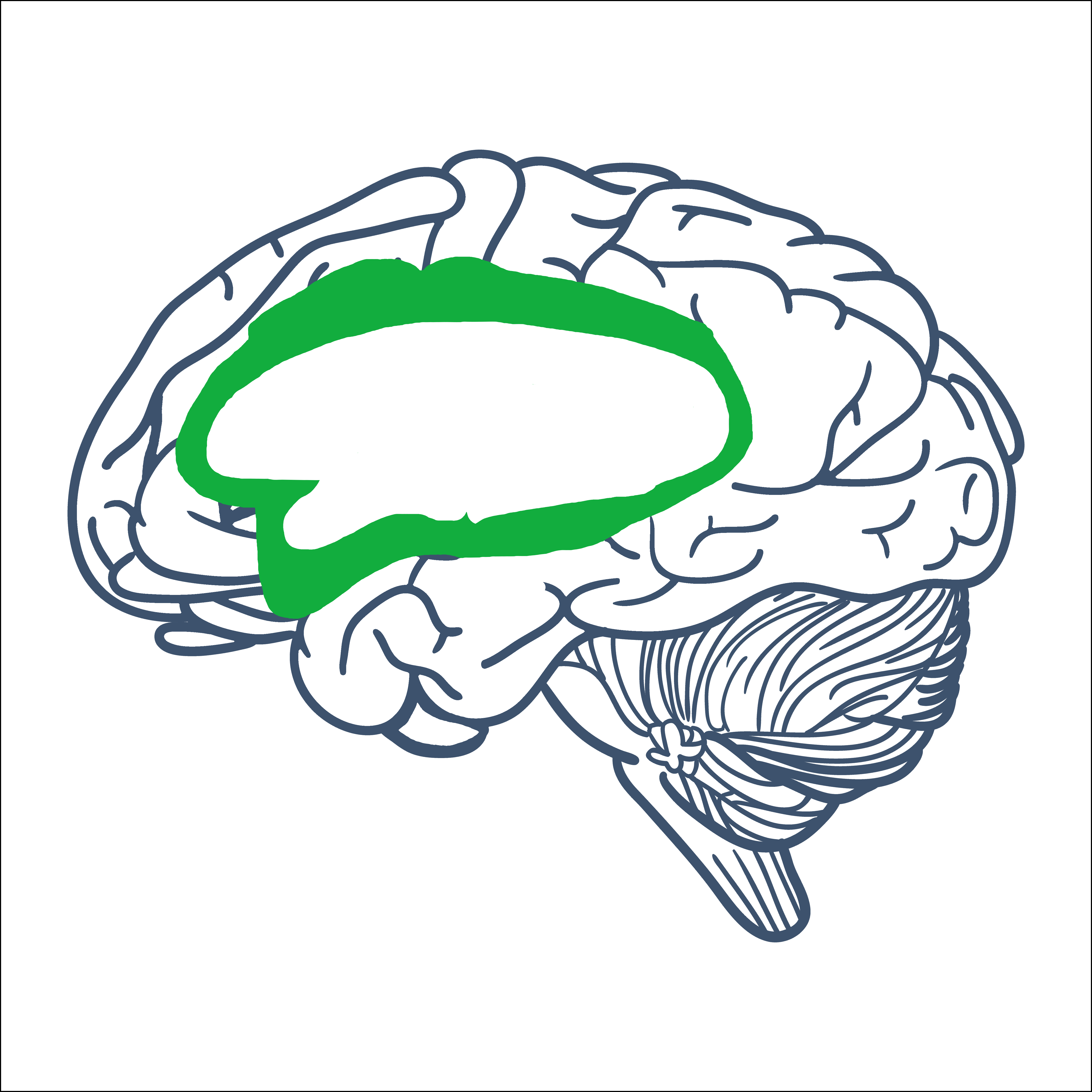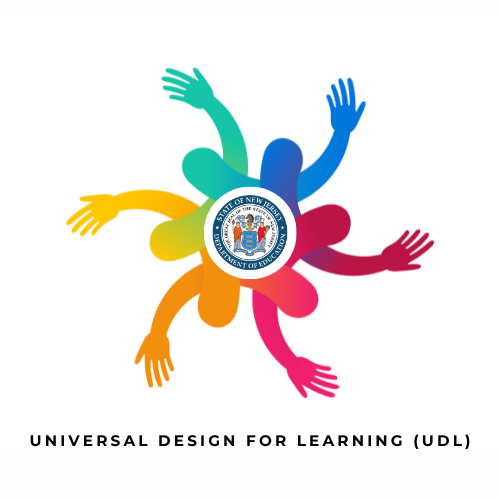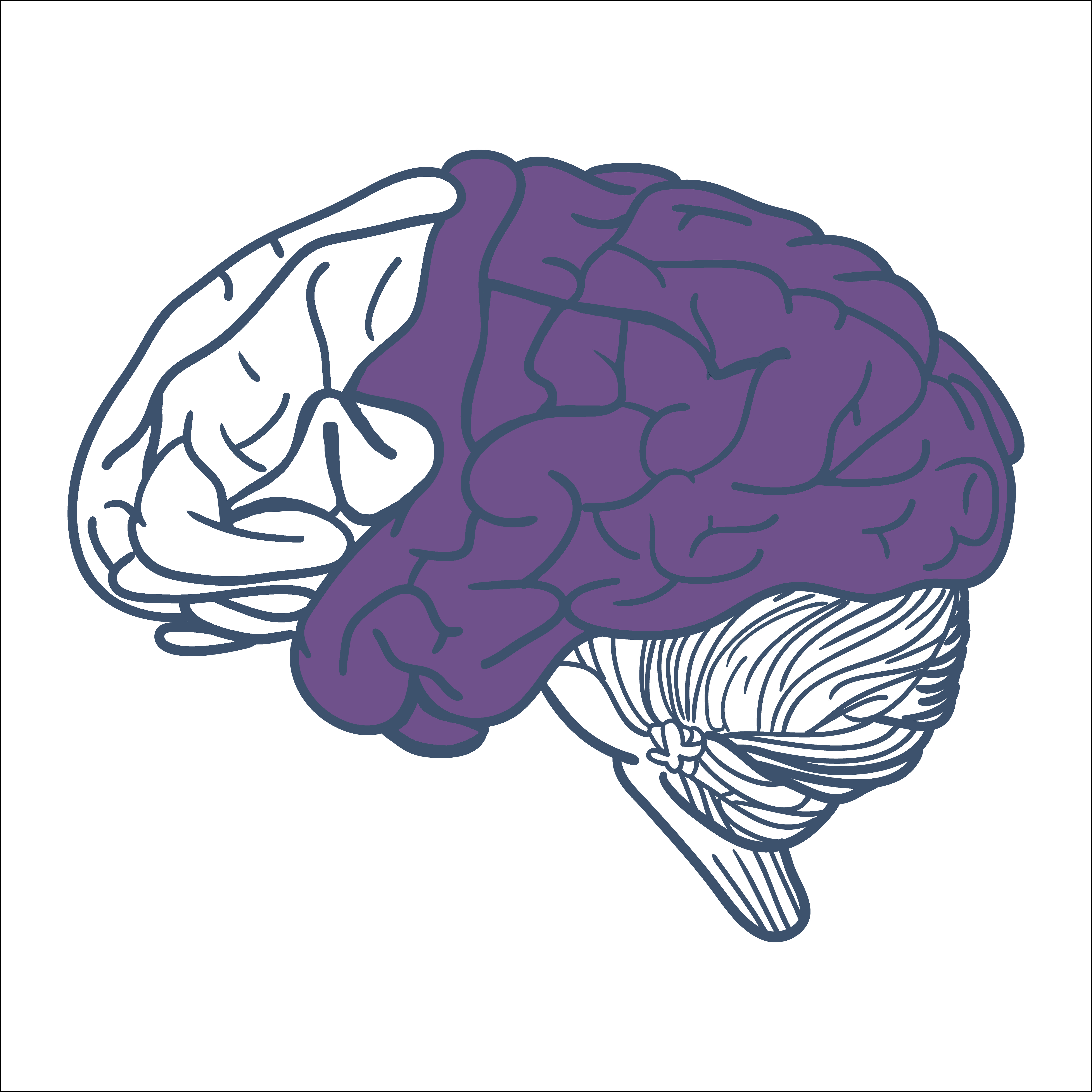Affective Network: The "Why" of Learning
This infuences our emotions, motivation to learn, and enables us to engage in tasks. This network is responsible for developing preerences and establishing priorities and interests.
Principle: Provide Multiple Means of Engagement
Affect represents a crucial element of learning, and learners differ markedly in the ways in which they can be engaged or motivated to learn. There are a variety of sources that can influence individual variation in affect including neurology, culture, personal relevance, subjectivity, and background knowledge, along with a variety of other factors. Some learners are highly engaged by spontaneity and novelty while others are disengaged, even frightened, by those aspects, preferring a strict routine. Some learners might like to work alone, while others prefer to work with their peers. In reality, there is not one means of engagement that will be optimal for all learners in all contexts; providing multiple options for engagement is essential.
CAST (2018). Universal Design for Learning Guidelines version 2.2. Retrieved from http://udlguidelines.cast.org
Information that is not attended to, that does not engage learners’ cognition, is inaccessible. It is inaccessible both in the moment and in the future because relevant information goes unnoticed and unprocessed. As a result, teachers devote considerable effort to recruiting learners’ attention and engagement. But learners differ significantly in what attracts their attention and engages their interest. Even the same learner will differ over time and circumstance; their “interests” change as they develop and gain new knowledge and skills, as their biological environments change, and as they develop into self-determined adolescents and adults. It is, therefore, important to have alternative ways to recruit learner interest, ways that reflect the important inter-and intra-individual differences amongst learners.
RECRUITING INTEREST CHECKPOINTS
- Optimize individual choice and autonomy
- Optimize relevance, value, and authenticity
- Minimize threats and distractions
Many kinds of learning, particularly the learning of skills and strategies, require sustained attention and effort. When motivated to do so, many learners can regulate their attention and affect to sustain the effort and concentration that such learning will require. However, learners differ considerably in their ability to self-regulate in this way. Their differences reflect disparities in their initial motivation, their capacity and skills for self-regulation, their susceptibility to contextual interference, and so forth. A key instructional goal is to build the individual skills in self-regulation and self-determination that will equalize such learning opportunities. In the meantime, the external environment must provide options that can equalize accessibility by supporting learners who differ in initial motivation, self-regulation skills, etc.
SUSTAINING EFFORT & PERSISTENCE CHECKPOINTS
- Heighten salience of goals and objectives
- Vary demands and resources to optimize challenge
- Foster collaboration and community
- Increase mastery-oriented feedback
- Click Here to learn more
While it is important to design the extrinsic environment so that it can support motivation and engagement, it is also important to develop learners’ intrinsic abilities to regulate their own emotions and motivations. The ability to self-regulate—to strategically modulate one’s emotional reactions or states to be more effective at coping and engaging with the environment—is a critical aspect of human development. While many individuals develop self-regulatory skills on their own, either by trial and error or by observing successful adults, many others have significant difficulties in developing these skills. Unfortunately, some classrooms do not address these skills explicitly, leaving them as part of the “implicit” curriculum that is often inaccessible or invisible to many. Those teachers and settings that address self-regulation explicitly will be most successful in applying the UDL principles through modeling and promoting a variety of methods. As in other kinds of learning, individual differences are more likely than uniformity. A successful approach requires providing sufficient alternatives to support learners with very different aptitudes and prior experience to effectively manage their engagement and affect.
SELF REGULATION CHECKPOINTS
- Promote expectations and beliefs that optimize motivation
- Facilitate personal coping skills and strategies
- Develop self-assessment and reflection
 Official Site of The State of New Jersey
Official Site of The State of New Jersey



